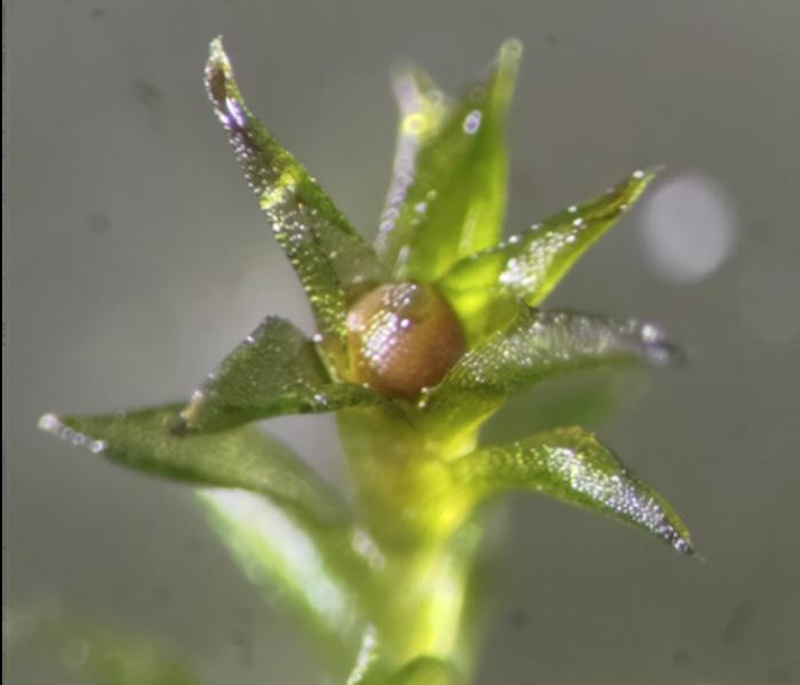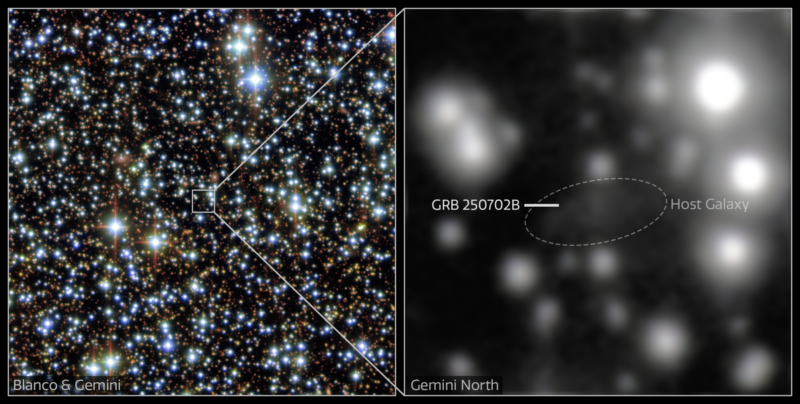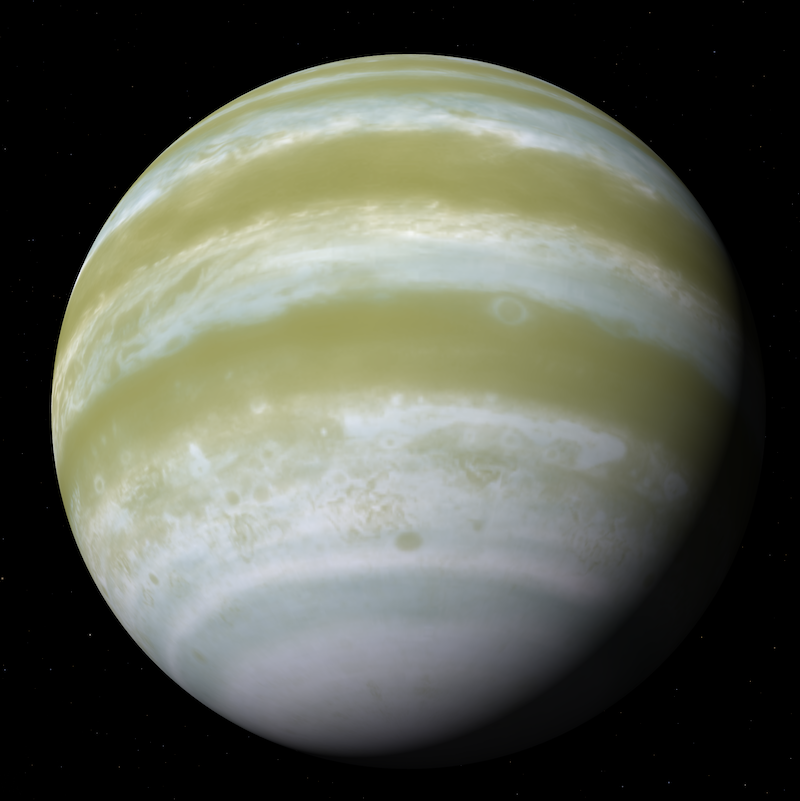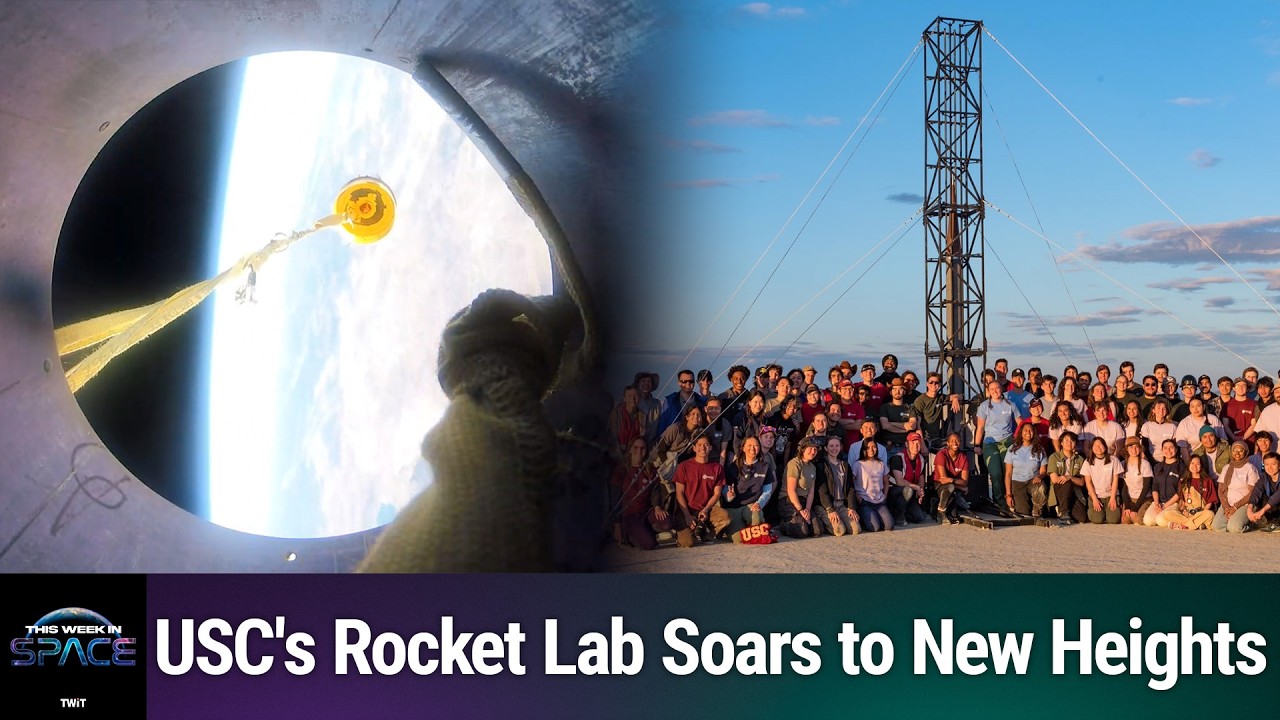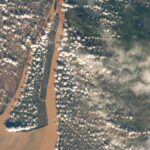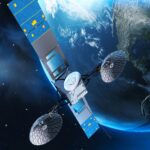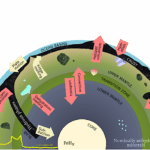Now Reading: Webb finds smallest asteroids yet in the asteroid belt
-
01
Webb finds smallest asteroids yet in the asteroid belt
Webb finds smallest asteroids yet in the asteroid belt
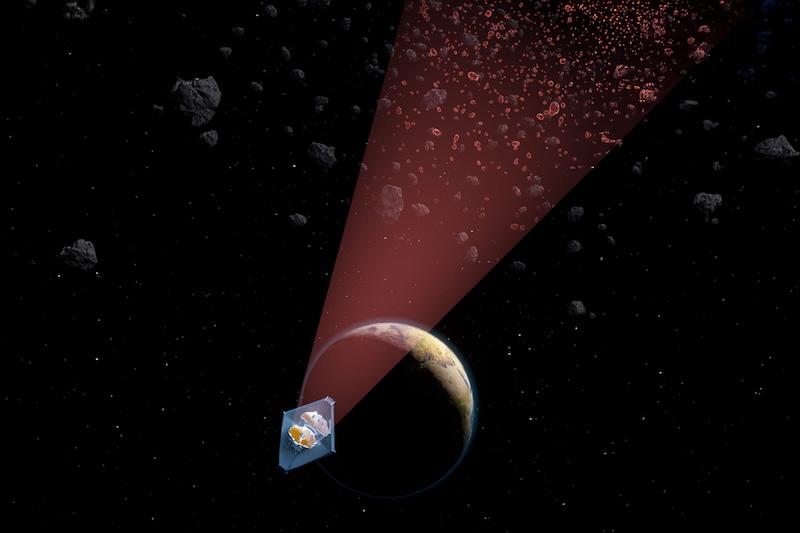

- The asteroid belt between Mars and Jupiter contains millions of asteroids. The largest are a few hundred miles across. How big are the smallest ones?
- Astronomers have discovered 138 of the smallest asteroids found so far in the asteroid belt. They range from bus to stadium size, with the smallest about 10 meters (33 feet) across.
- The astronomers, led by MIT, used a new imaging technique and data from the Webb space telescope to find the little asteroids.
The millions of asteroids in the main asteroid belt between the 4th planet Mars and and 5th planet Jupiter are known to range in size. The largest, like asteroid Vesta, are a few hundred miles across. But how small are the smallest ones? On December 9, 2024, researchers led by the Massachusetts Institute of Technology (MIT), using NASA’s Webb Space Telescope, said they’ve discovered the smallest asteroids found so far in the main belt, 138 of them. They range from bus to stadium size, with the smallest about 10 meters (33 feet) across. In addition, the researchers said that the new detection method can also help astronomers track small asteroids that could potentially hit Earth.
New method to look for the smallest asteroids
How did the researchers find these little asteroids so far away? They devised a new method to look for small asteroids in the main asteroid belt. Interestingly, it uses a technique also used for finding exoplanets, or worlds orbiting distant stars. It’s the shifting and stacking imaging technique, first developed in the 1990s. Basically, multiple images of the same field of view are shifted and stacked to see whether an otherwise faint object can be discerned among the background noise. Finding small asteroids with this method isn’t easy.
Using this technique to search for asteroids, the researchers said, requires significant computer resources. That’s because astronomers need to test a large number of possible scenarios for where small asteroids are predicted to be. Altogether, they’d need to shift through thousands of images.
The first attempts used data from the SPECULOOS (Search for habitable Planets EClipsing ULtra-cOOl Stars) survey. They used state-of-the-art graphics processing units that could process an enormous amount of imaging data at high speeds. For the second attempt, the team used data from a telescope in Antarctica. The results were promising, showing that many new asteroids could be discovered in this way.
New near-Earth asteroids
At first, the technique was used successfully in detecting new small asteroids closer to Earth. Now, the researchers have used the new method to search for small asteroids in the asteroid belt between Mars and Jupiter. Lead author Artem Burdanov in MIT’s Department of Earth, Atmospheric and Planetary Sciences said:
We have been able to detect near-Earth objects down to 10 meters in size when they are really close to Earth. We now have a way of spotting these small asteroids when they are much farther away, so we can do more precise orbital tracking, which is key for planetary defense [that is, in finding, tracking, and better understanding asteroids that could pose an impact hazard to Earth].
Astronomers have found the smallest asteroids ever detected in the main belt between Mars and Jupiter. The team’s detection method, which identified 138 space rocks ranging from bus- to stadium-sized, could aid in tracking potential impacts. https://t.co/hX4bWspvqT pic.twitter.com/WH9RK8sWJ3
— Massachusetts Institute of Technology (MIT) (@MIT) December 10, 2024
Smallest asteroids found so far in the asteroid belt
For the new study, the researchers used data from the Webb Space Telescope. Webb is ideal, since it acquires images of space objects in infrared light, which is invisible to the human eye. And as it happens, asteroids in the main belt are easier to see in infrared. Additionally, the researchers used the same approach as for Webb’s observations of TRAPPIST-1, the now-famous system of seven Earth-sized exoplanets orbiting a red dwarf star some 39 light-years away. Astronomers also use the technique to search for evidence of atmospheres on those planets.
The team originally proved their method’s efficacy by finding eight known asteroids with the technique. Afterwards, they then discovered the 138 new small asteroids. All of them were within tens of meters in diameter. Co-author Julien de Wit at MIT said:
We thought we would just detect a few new objects, but we detected so many more than expected, especially small ones. It is a sign that we are probing a new population regime, where many more small objects are formed through cascades of collisions that are very efficient at breaking down asteroids below roughly 100 meters (330 feet).
Co-author Miroslav Broz at Charles University in Prague, Czech Republic, added:
Statistics of these decameter main belt asteroids are critical for modeling. In fact, this is the debris ejected during collisions of bigger, kilometers-sized asteroids, which are observable and often exhibit similar orbits about the sun, so that we group them into ‘families’ of asteroids.

A new, unexplored space
The findings are a good example of how data can be used in different ways to make new discoveries. Indeed, it’s a “new, unexplored space,” as the researchers termed it. As Burdanov noted:
This is a totally new, unexplored space we are entering, thanks to modern technologies. It’s a good example of what we can do as a field when we look at the data differently. Sometimes there’s a big payoff, and this is one of them.
With this in mind, astronomers are also getting better at tracking asteroids that might pose a risk to Earth. They’ve now spotted nine asteroids before impact with Earth’s atmosphere. The most recent space rock spotted before it struck burned in the atmosphere up above the Philippines on September 5, 2024.
Bottom line: Astronomers have discovered 138 of the smallest asteroids to date in the asteroid belt between Mars and Jupiter. All of them are within tens of meters in size.
Source: JWST sighting of decameter main-belt asteroids and view on meteorite sources
Read more: We’re getting better at seeing asteroids that may hit Earth
Read more: Gaia spots over 350 asteroids with possible moons
The post Webb finds smallest asteroids yet in the asteroid belt first appeared on EarthSky.
Stay Informed With the Latest & Most Important News
Previous Post
Next Post
-
 012024 in Review: Highlights from NASA in Silicon Valley
012024 in Review: Highlights from NASA in Silicon Valley -
 02Panasonic Leica Summilux DG 15mm f/1.7 ASPH review
02Panasonic Leica Summilux DG 15mm f/1.7 ASPH review -
 03From Polymerization-Enabled Folding and Assembly to Chemical Evolution: Key Processes for Emergence of Functional Polymers in the Origin of Life
03From Polymerization-Enabled Folding and Assembly to Chemical Evolution: Key Processes for Emergence of Functional Polymers in the Origin of Life -
 04How New NASA, India Earth Satellite NISAR Will See Earth
04How New NASA, India Earth Satellite NISAR Will See Earth -
 05And Thus Begins A New Year For Life On Earth
05And Thus Begins A New Year For Life On Earth -
 06Astronomy Activation Ambassadors: A New Era
06Astronomy Activation Ambassadors: A New Era -
07SpaceX launch surge helps set new global launch record in 2024












